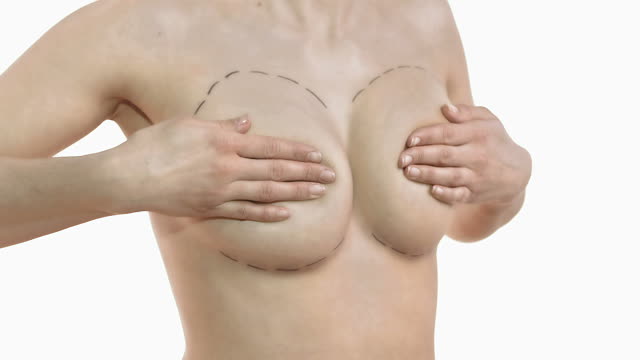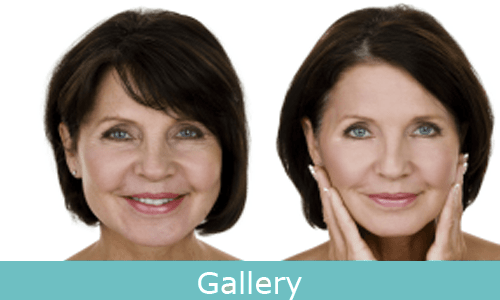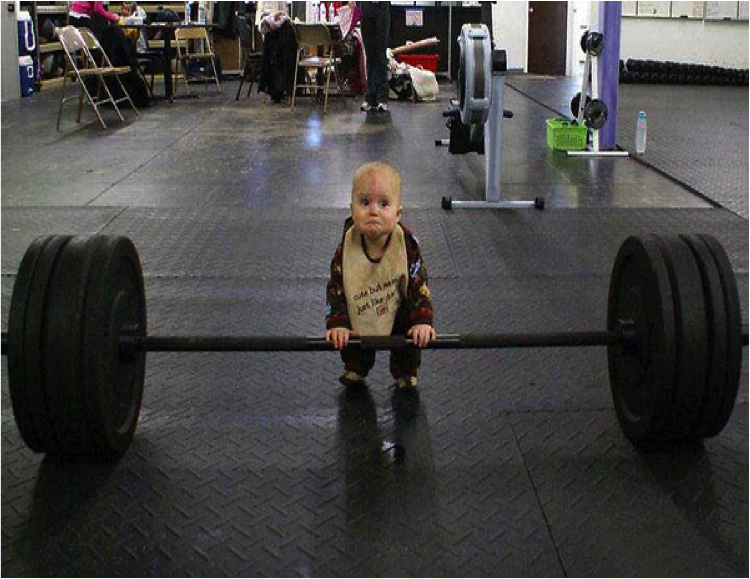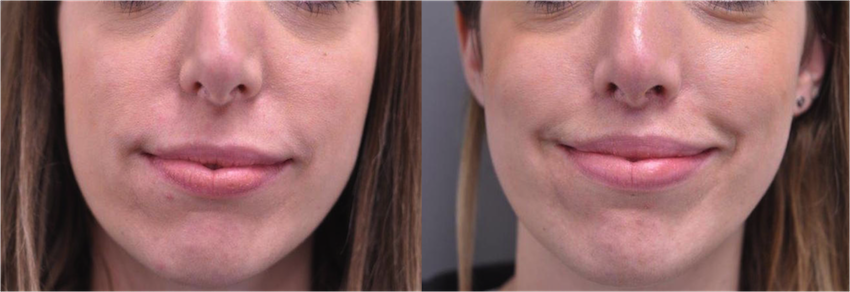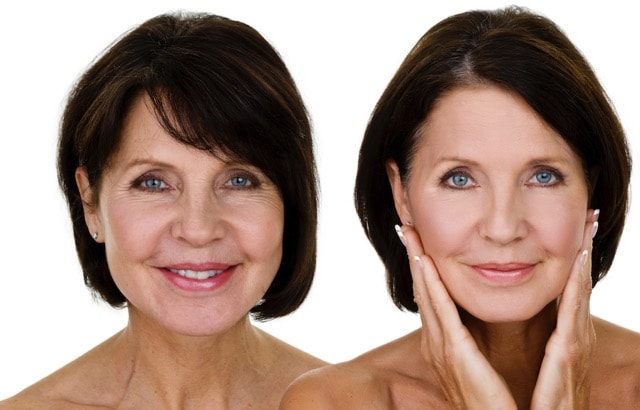Breast augmentation is a particular and unusual plastic surgery procedure regarding the influence and decision making a patient is involved in prior to surgery. This is why typically, the pre-operative patient journey can be more involved and takes more time than for some other more complex procedures.
However, therein lies a challenge in itself. I have had numerous consultations in which the patient’s hopes and outcomes have been fairly fixed in their minds before they have even met me. This may be because of what they have seen on the internet, or perhaps because of what friends’ may have had my friend had 350cc implants, so I would like those too” is something I have heard more than once).
But we are all different! In this case breasts are different on everyone (and are even always different on each woman – “sisters, not twins”). Therefore there is no “one size fits all” breast implant, or decision-making that suits everyone. There simply cannot be.
The planning and decision-making in breast augmentation is determined by your individual characteristics. These include careful measurements of your breast (width, height, soft tissue thickness etc.), the position of the nipple on the breast, the looseness of your breast tissue (think 20-year old with no children, compared with 45-year old with 3 children) and more. These factors are used by plastic surgeons to work out what range of breast implants would fit your breast well (much like a hand comfortably fitting a glove) and produce a good result.
Therefore, whilst your desires are always taken into account in determining the best implant for you, they are constrained by your anatomy and other factors. Furthermore, decision-making should ideally “future proof” your result. An implant is unlikely to change over 5-10 years, all being well, however your breasts will age and change, which also needs to be taken into account.
If, despite this explanation and determination of what I feel is the best advice, a patient insists on wanting me to do something I am not happy about, I would not go ahead, or very clearly explain the implications of their request and ask them to go away to consider my viewpoint. Most commonly, this might be because their implant size request is overly large for their breast, or perhaps they really need a breast lift but want an augmentation alone.
Therefore, as much as we, as plastic surgeons, would like to give our patients what they want, we really have to give them what they can have, as dictated by each individual’s body.




